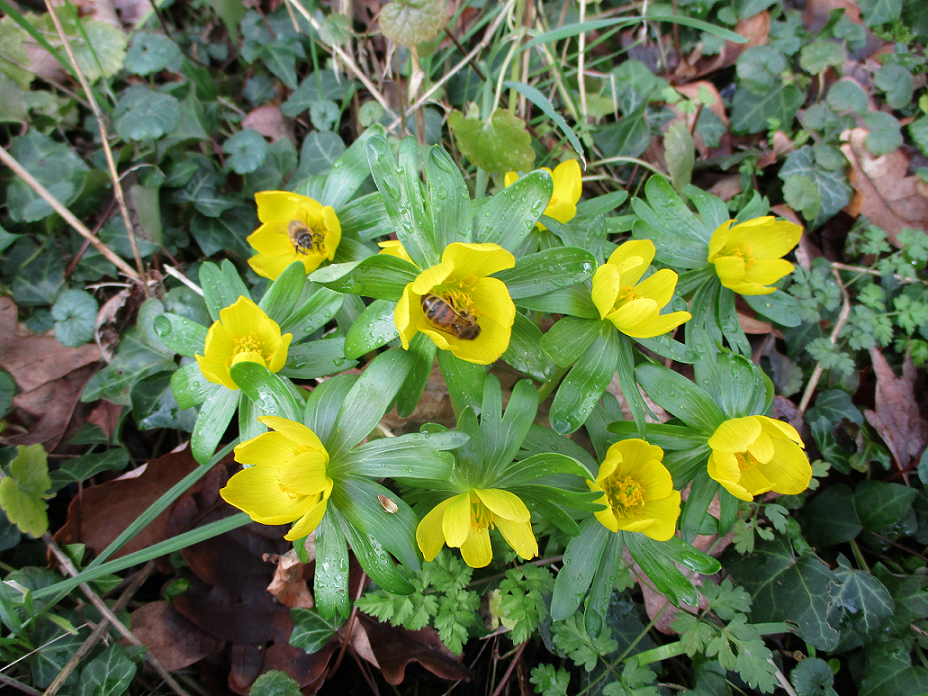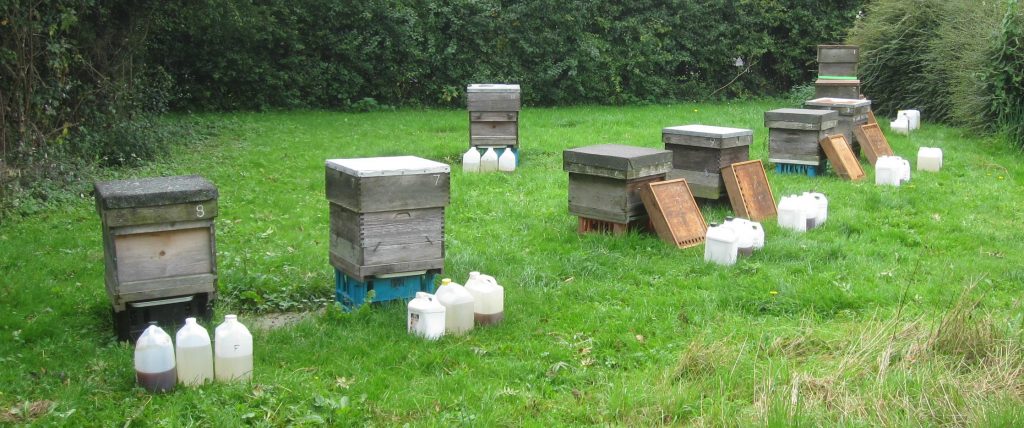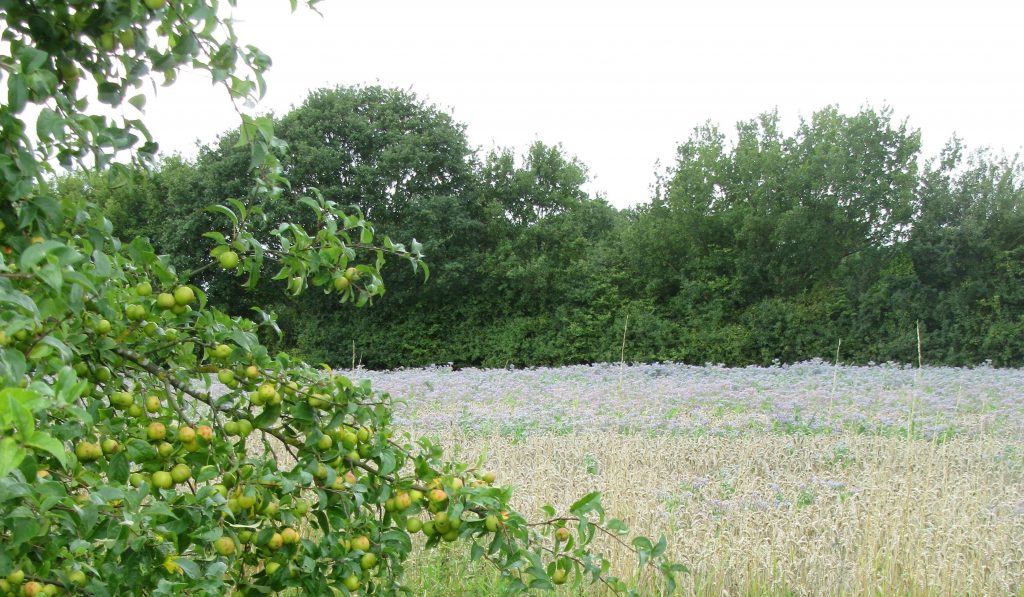The number of colonies has been reduced to 9 for this winter; just a little bit less work to do.
Rather than mixing up sugar solution I decided to give Apikel (an invert sugar solution made from maize) another try. My first attempts some years ago could have been the cause of colony loss but others haven’t reported anything similar so I decided to try again. In addition to the Apikel I did give every colony a few pounds of waste honey.
Varroa figures were much higher that I’d hoped so I decided to give an autumn treatment of Apivar miticide rather that wait until mid-winter with the oxalic acid. Better that they go into the new year varroa-free. After three weeks, the Apivar strips were removed, heavily abraded, and then replaced in a different position. Research has shown that abrading increases the efficacy of the strips in the latter half of their life.
I have started compiling my End of Season records; provenance of the queen, average colony behaviour and total honey yield. This gives me a good picture of every colony when they start to emerge in the spring.
Lecturing and classes have been very different this year and will continue to be so in 2021. To this end Steph Green and I have started filming what I would call snippets to complement the theory classes when they start in 2021. So far we’ve done cleaning and storing of supers and next week we cover the choice of smokers, their effective use and keeping them clean.





